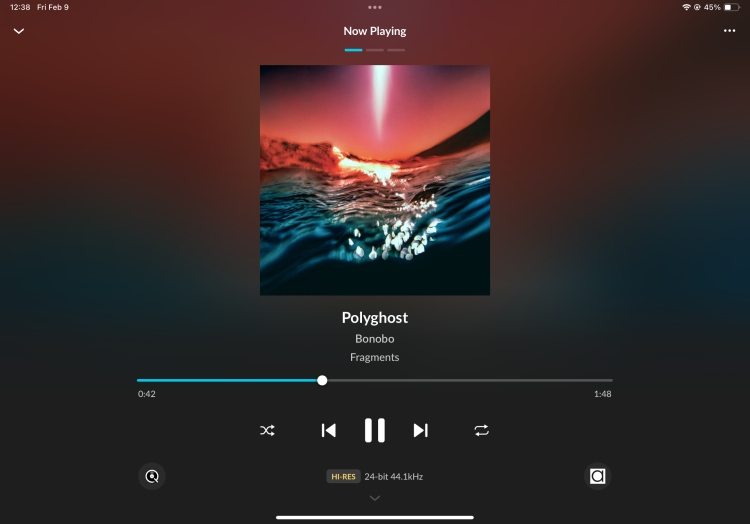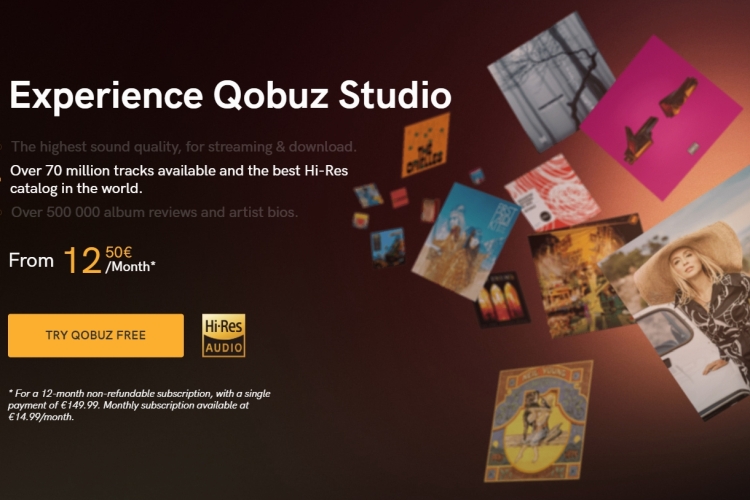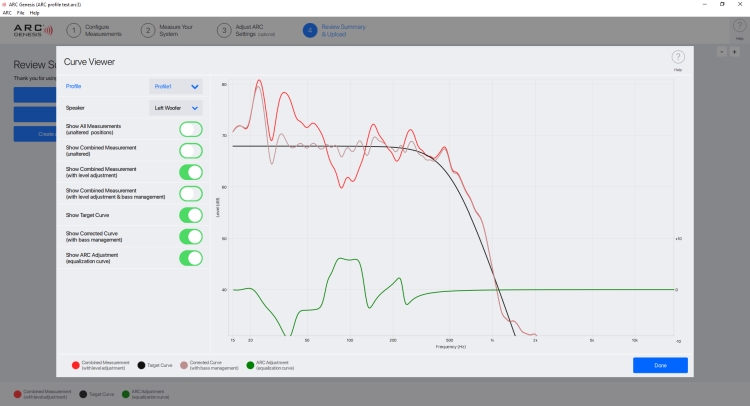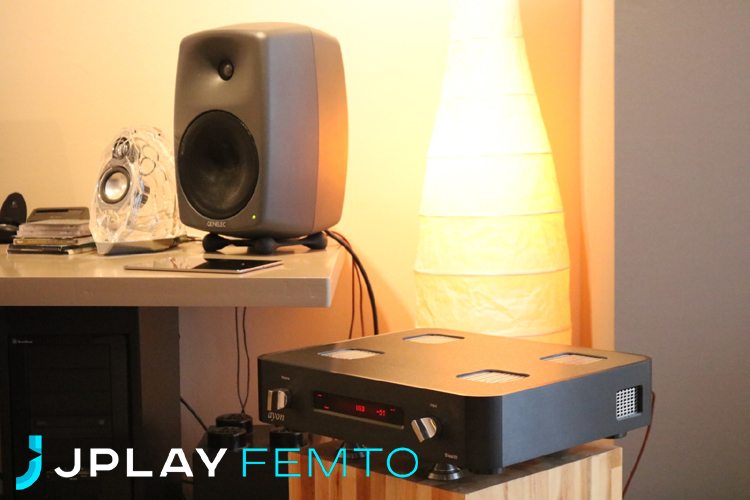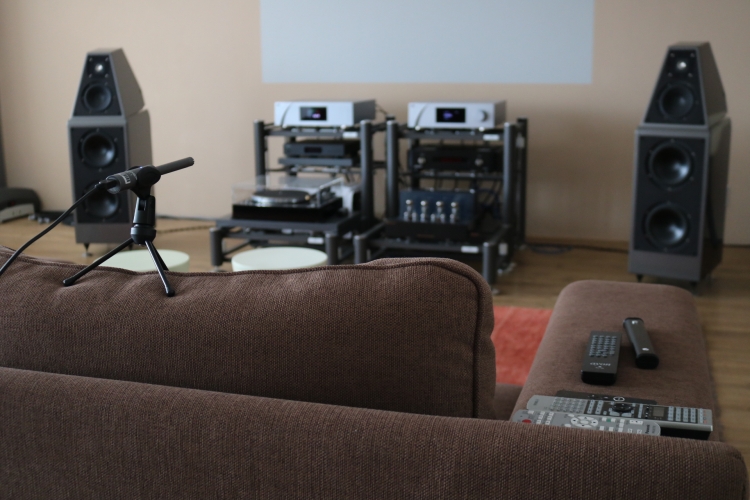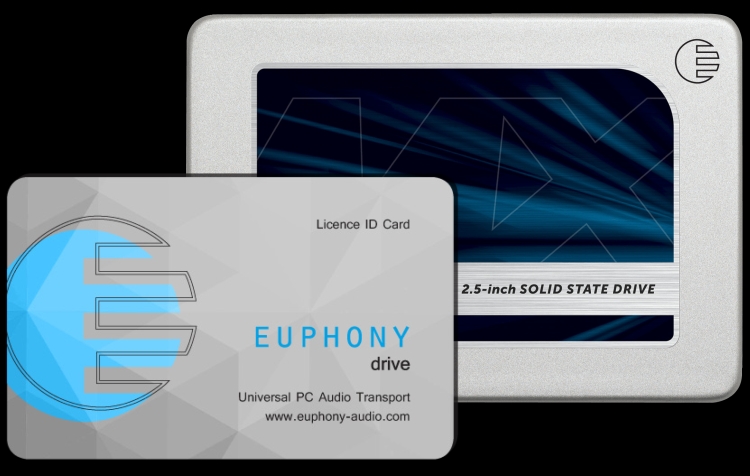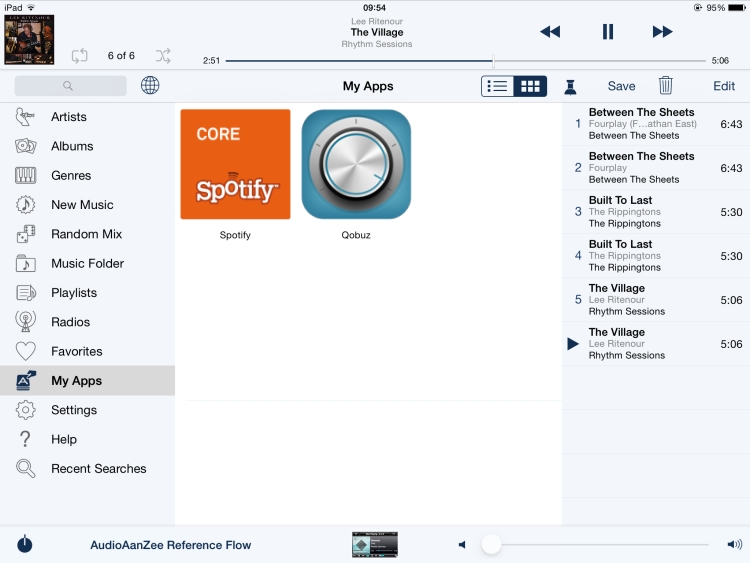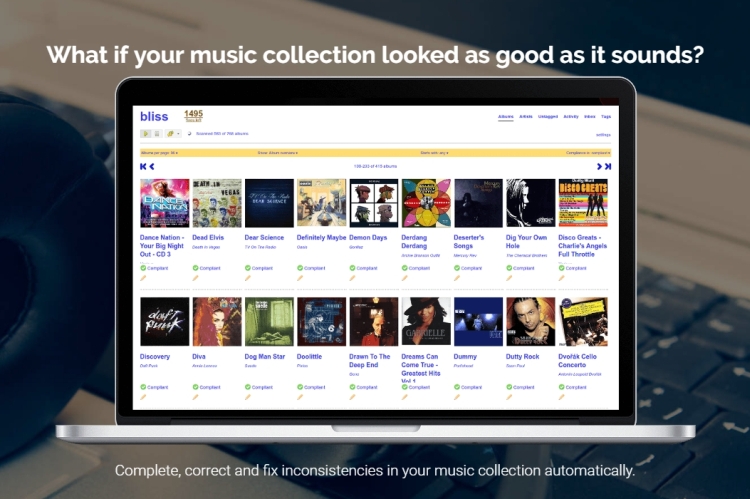ROON – The new standard in Music Server, Browser and Player software
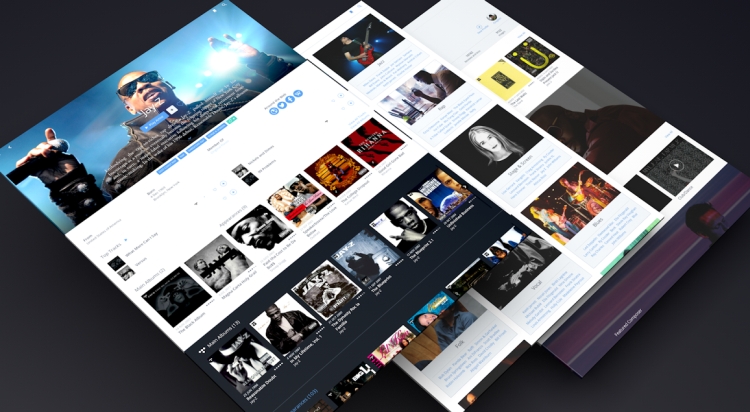
Roon and Meridian
Meridian review samples kindly supplied by Dutch distributor Viertron
Ever since Roon came into existence I’ve been wondering how it would compare to Sooloos soundwise. Well, the wait is over! Marijn Nederlof of Dutch distributor Viertron was so kind to supply a Meridian 818v3, an MC200 and a pair of DSP 5200 Special Edition speakers for two weeks. With anticipation, I set up the MC200 right next to my main Windows PC, connected it to the same power outlet and loaded a lot of test CD’s on it from the same source as I use for Roon, and the Aurender N10 and AudioAanZee Reference Flow music servers. The network connection utilizes two network switches, one next to the main PC and one next to the main audio system, connected directly with a CAT6 UTP cable. The 818v3 is powered by a Reference Tweaks Gold Label powercable, which is a Furutech Alpha 3 cable with T T L treatment. This worked great last time I had the 818 (v1) in-house, and with the v3 version it turns out to work equally well.
Last time that I compared various Meridian Sooloos components in the context of my own system a few years back it was mentioned in the comments that I had not extracted the maximum from the Sooloos ecosystem until I used a Merdian-only system. The 818v3 + MC200 + DSP 5200 SE are here to prove their case.
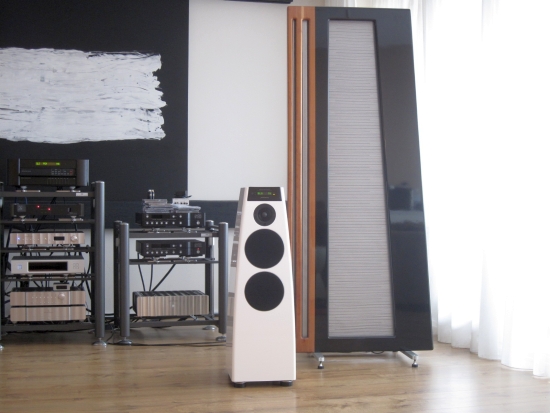
Roon technology
When I wrote part 1 of this review, Roon was already serious Sooloos competition, but still in the early stages. Roon are issuing updates frequently and Roon is getting better and better. I can’t begin to list all the new features since my initial review, for that please have a look on the Roon site. But what is important to note is that their list of available proprietary software, as well as the list of hardware partners, is ever-growing.
Roon’s excellent audio quality is achieved by streaming using an in-house developed streaming protocol called RAAT. This protocol does not enforce a clock on the audio stream. It allows the Output device to focus on a simple thing: copying an audio stream from the network interface and playing it back asynchronously using its own clock source. RAAT is available via Roon software packages and embedded in Roon Ready devices from their partners.
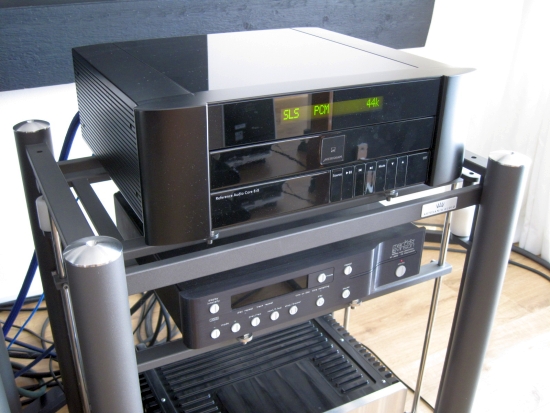
RAAT is not implemented in current Meridian products, but the technological approach is the same, since the same team made it. No wonder then that they perform so well.
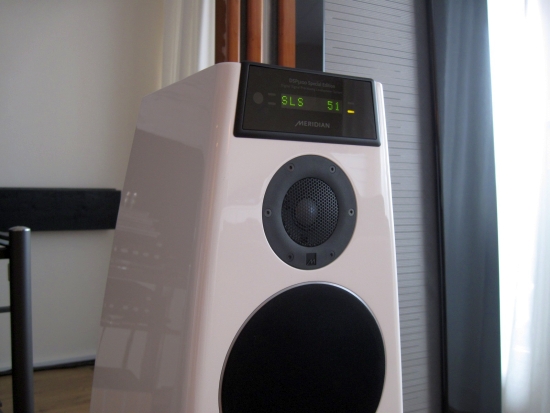
Roon and Sooloos using Meridian DSP 5200 SE speakers
First tests are carried out using the DSP 5200 SE speakers, connected with Speakerlink to the Meridian 818v3, which itself is fed by the MC200 core/server. From first play, connection with either Roon or Sooloos is quick and painless. I can have both “cores” active simultaneously and after enabling the 818’s ID41 card on Roon, the app where I hit “play” simply starts playing music to the 818. If I stop playing on Roon and hit play on Sooloos, the music starts playing from the MC200 instantaneously. In the reverse situation coming from Sooloos, I have to re-enable the ID41 card in Roon before I can continue playback from it on the 818. But this is easy peasy because enabling Roon zones can be done from both the desktop interface as well as from the iPad app. So thumbs up for the functionality both ways, great integration!
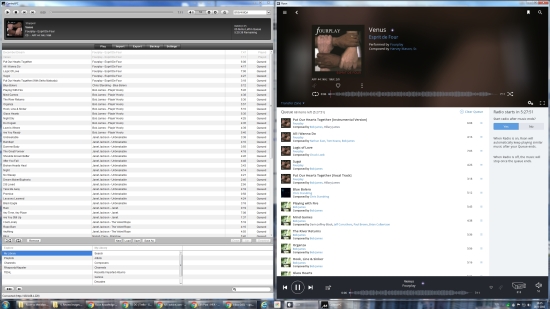
Above left: Sooloos Control:PC application, Above right: Roon PC application
This was to be expected because the Roon guys are, after all, the same people who wrote the basis for the Sooloos software, but in practice, them being separated parties, I guess it remained to be seen. I need not have worried. Not only do both software sides play perfectly to the 818, but the latter’s front panel buttons, as well as the MSR IR remote control, can also both control the play queue. The volume buttons on the Roon software side (either iPad app or desktop app) can control the 818, and because the latter is connected via Speakerlink, this in turn controls the DSP 5200 speaker’s volume. Speaking of which, Speakerlink turns out to sound best in my tests using the “Home Run” method with each speaker having its own cable to the 818.
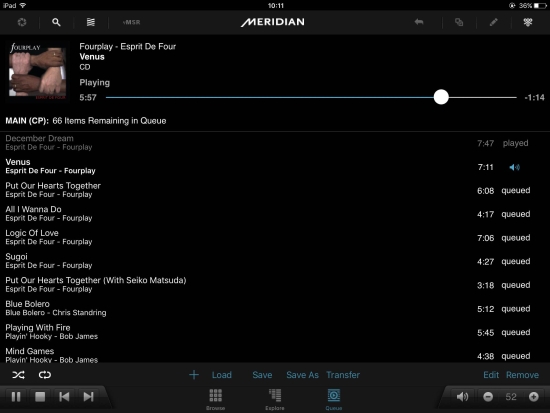
Above: Sooloos iPad interface
Sooloos + DSP 5200 SE
Although I needed some time to find the best spots for the speakers, I was reminded from the first notes why I was originally so fond of Sooloos. The sound really is timbrally highly convincing, and not at all computer-esque. The presentation is confident, solid and for a lack of a better word, very real. Audiophile qualities such as imaging, focus and soundstage layering are all present on a very high level. What impresses me most is the natural percussive sound of piano and keyboards, which is one of the first things to give away the use of regular computer audio.
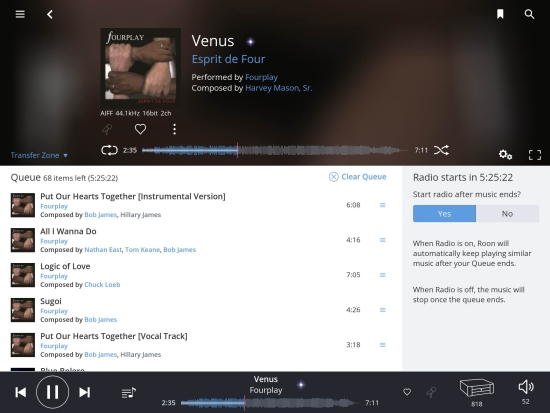
Above: Roon iPad interface
Roon + DSP 5200 SE
Switching from Sooloos to Roon marks a pleasant surprise because the two sound very similar. Bass remains full and solid, with spot-on PRAT and treble is still fluid and decidedly un-digital. It’s in the midrange where I hear a small difference though. I find that the MC200 with Sooloos sounds a little more forward in the midrange, resulting in slightly more expressive percussive sounds as if transients are slightly sharper, or more immediate. Roon playback sounds a little more fluid, with a slightly warmer midrange. Which of the two is the better will very much be dependent on the rest of the system. In the case of the quite full-sounding DSP 5200’s I find that the more forward sounding MC200 made for a slightly better match.
I need to stress that the effect that I am talking about, while audible for experienced listeners, might not be meaningful for many. It really is a subtle difference of the sort that I think most listeners would say that it falls in the nuances category, similar to a change of a different type of power cable from the same brand on a preamp or DAC. Some listeners don’t believe in this and happily use standard cables, others do find it matters considerably and fine-tune to their heart’s content.
I’m sure that this difference is not due to the transport stream or any protocol for that matter. More likely the difference stems from my using an ordinary Windows PC that is not optimized for audio, and for me at least this makes a very good case for looking out for a dedicated Roon server, for Roon’s convenience definitely trumps Sooloos.
Read more about the DSP 5200 SE in the separate review
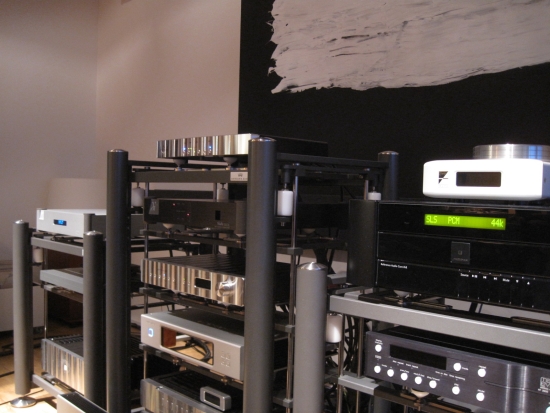
Roon + Meridian 818v3 versus Aurender N10 + Wadia 521
My current personal system consists of an Aurender N10 music server and a Wadia 521 DAC, connected with a Mad Scientist HDC Plus digital cable and driving the preamp with a Cardas Hexlink Golden 5C XLR interlink. The 521 is unusual for a Wadia because it sounds considerably less dark than its predecessors, but still, when switching to Roon + Meridian 818v3 with the same Hexlink interlink, the presentation is slightly more open and airy. Interestingly, in this context, the midrange sounds spot on and there is absolutely no evidence of the lessened percussive effect noted with the Meridian speakers. Rather, the Roon + 818v3 combination sounds even slightly more articulate and upbeat than the Aurender + Wadia combination.
Read more about Sooloos, Meridian 818v3 and Aurender in the separate review.
Sooloos + Meridian 818v3
Switching from Roon to Sooloos as a source in the main system, transients are indeed more instantaneous and midrange is more pronounced, but the sound is also a little drier than with Roon and I’m not so sure anymore if it is better, or just different. Importantly, both sources sound timbrally correct and are equally engaging. This just goes to show that it’s all about the combination that is made with the components at hand, and that there is a place for both Roon and Sooloos.
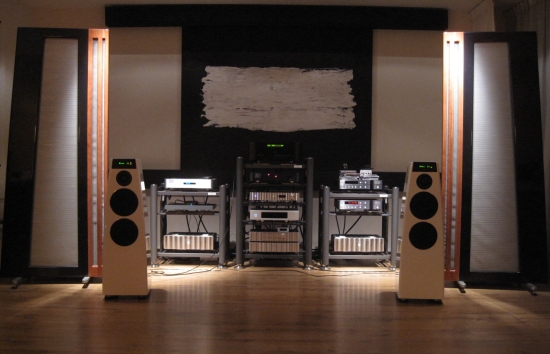
Roon + Meridian Conclusion
The Meridian 818v3 makes an excellent case for indulging on the endpoint side. Used with a reference-class endpoint such as the Merdian 818v3, Roon sounds fully mature and need not hide from dedicated reference music servers. The 818v3 sounds worlds better than when using Roon with a SqueezeLite endpoint (in the shape of a Beagle Bone Black) into either the Wadia DAC or the DAC section of the 818. But not only that, the Roon/818 combination actually comes close to the overall sound quality of the Aurender N10 + Wadia 521 DAC. Further, combining Roon and Meridian adds the benefit of complete system compatibility, meaning centralized control of most functions including front panel buttons and infrared remote control, for both Sooloos and Roon.
Next: incremental updates as Roon develops and I gather more experience
